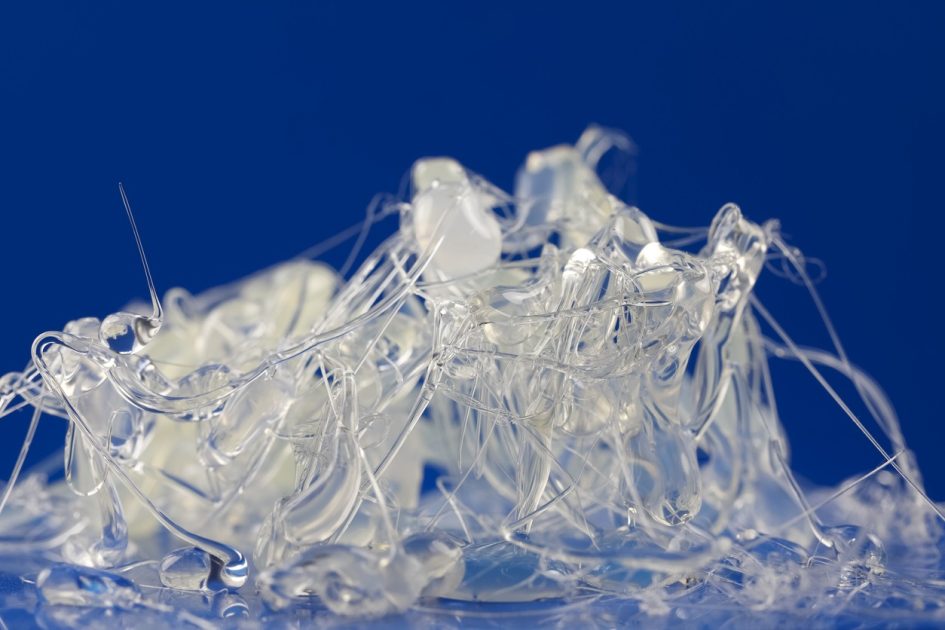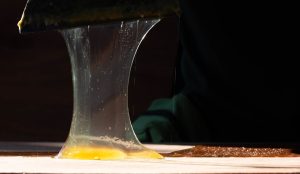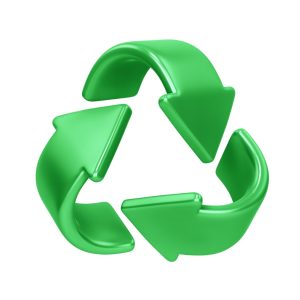Call: +44(0)1926 833367
MenuInternational Adhesives and Sealants Day – 29th September

September 2023 – At the 2022 World Adhesives and Sealants Conference (WAC) it was decided to hold an annual ‘International Adhesives and Sealants Day’ on 29th September each year to celebrate the industry and to recognise the part it has to play in sustainability. Adhesives and sealants are the essential components of thousands of everyday items from buildings, vehicles, mobile phones and more. Without them we couldn’t function. But with the global need to become more sustainable, the adhesives and sealants industry has had to develop sustainable practices, and these come in the forms of material efficiency, energy savings, durability, recycling and repairability. Keeping these techniques and good practices at the heart of everything the industry does reduces the amount of fossil resources used and the carbon output.


Material efficiency
Adhesives and sealants increase material efficiency in car production. They can be used as efficient joining techniques, rather than mechanical fixtures such as rivets, screws or welded joints which reduces the weight of the vehicle, also the CO2 emission of the finished product.
 Energy Savings
Energy Savings
By using high performance adhesives and sealants in building construction and renovation the amount of warmth that is lost from a building is significantly reduced. Poorly insulated windows are one of the biggest contributors to greenhouse gas emissions and a quality sealant is essential for keeping warmth in and moisture out, thus reducing the energy needed to heat buildings.
Durability
Using sealants in the preservation of historical buildings is one example of how using these products can increase their life span by protecting their joints against weather conditions. They are easy to apply, do not interact with substrates and can be replaced easily.

Recycling
It has traditionally been difficult for the chemical industry to contribute to the circular economy as mechanical recycling is difficult and uneconomic. Chemical recycling changes the chemical structure of waste and turns it back into substances that can be used as raw materials for manufacturing. This is then fed back into non recycled stock creating a biomass balance and gradually the reliance on new fossil resources will decrease.
Repairability
The circular economy action plan, which forms part of the European Green Deal, aims to reduce pressure on natural resources, achieve climate neutrality and halt biodiversity loss by way of introducing initiatives along the entire life cycle of products. Using adhesives to restore a defective part and return it back to full functionality is a cost-effective solution and an important driver in the circular economy, thereby reducing the amount of waste. Improvements in adhesive technology to produce fast curing, strong and reliable products that allow easy and precise application are fundamental in encouraging businesses and consumers to adopt a repair and reuse attitude rather than replacing.
For more information click https://www.internationaladhesiveandsealantday.com/

